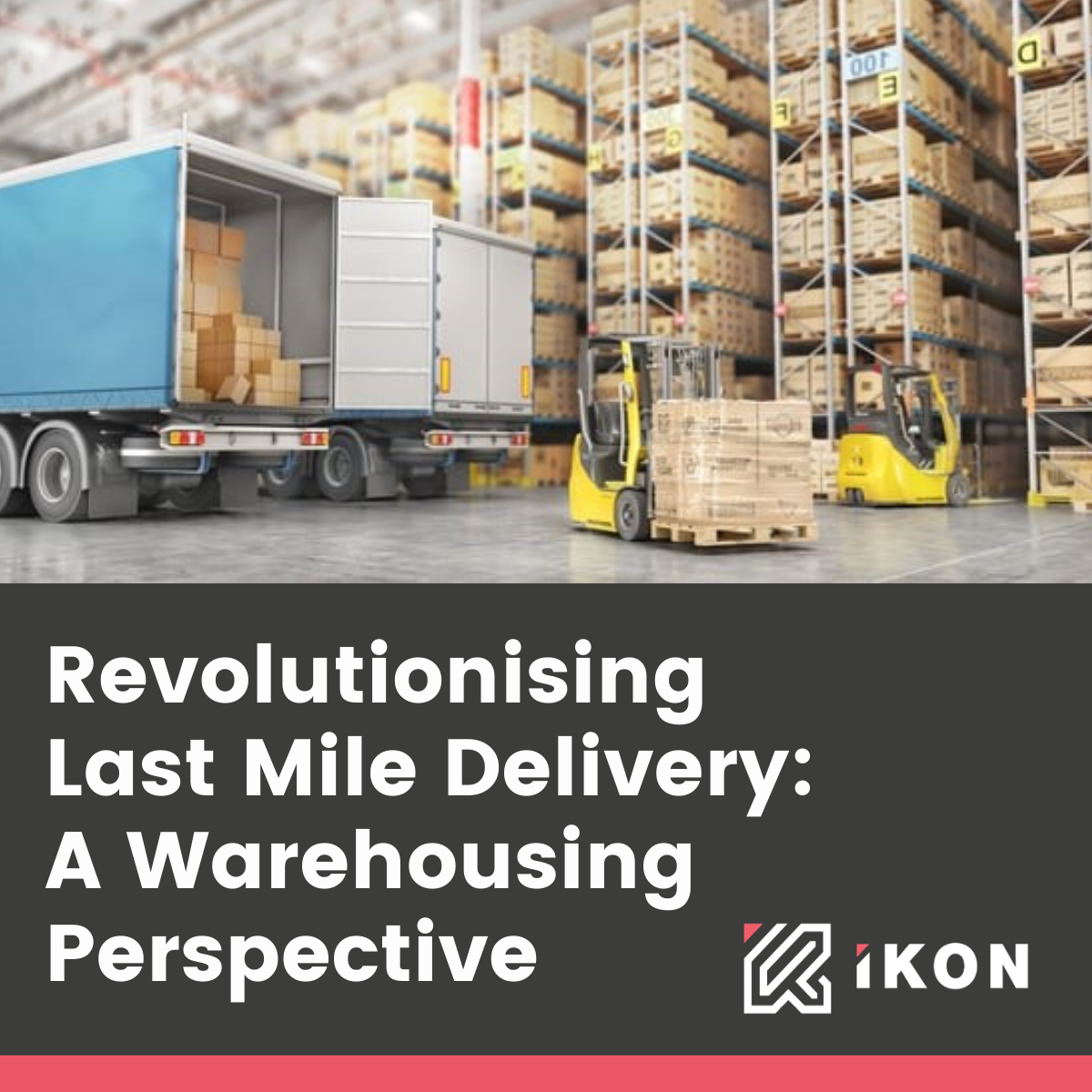 Add My Company
Add My Company

In today’s fast-paced world, where online shopping has become the norm, the last leg of the delivery journey has become a battleground for e-commerce giants and logistics companies. Last-mile delivery, the final step in getting a product from a warehouse to the customer’s doorstep, is both a critical challenge and a massive opportunity. Let’s explore how this vital aspect of the supply chain is evolving from a warehousing perspective.
THE SIGNIFICANCE OF LAST MILE DELIVERY
Last-mile delivery accounts for a significant portion of the overall logistics cost, often exceeding 50%. It’s a complex process that involves multiple variables, such as traffic conditions, delivery routes, package size, and customer preferences. Warehouses, which store and dispatch goods, play a pivotal role in streamlining this process.
EFFICIENCY THROUGH TECHNOLOGY
To improve last-mile delivery efficiency, warehouses are increasingly relying on technology. Warehouse Management Systems (WMS) are now integral in optimising inventory management, order processing, and route planning. These systems provide real-time data, allowing warehouses to adjust quickly to changing demands.
AUTOMATION AND ROBOTICS
Automation is another game-changer. Warehouses are incorporating robotics to increase picking and packing efficiency. Autonomous robots can navigate warehouses, fetch items and reduce human labour. Drones are also being tested for last-mile deliveries in certain areas, promising faster and more cost-effective solutions.
MICRO-FULFILLMENT CENTERS
Micro-fulfilment centres (MFCs) are popping up in urban areas to bring the warehouse closer to the customer. These smaller warehouses are strategically placed for quick and efficient last-mile deliveries. Retailers partner with third-party logistics providers to make use of these facilities.
DATA ANALYTICS FOR DEMAND PREDICTION
Data analytics is playing a significant role in predicting customer demand. Warehouses use historical data, social media trends, and other sources to forecast which products will be in high demand during specific periods. This helps them stock efficiently, reducing the risk of overstocking or understocking.
SUSTAINABLE LAST MILE DELIVERY
Sustainability is a growing concern for consumers and businesses alike. Warehouses are adapting by adopting eco-friendly practices. Electric delivery vans and bikes are becoming more common, reducing emissions. Additionally, some warehouses use solar power and energy-efficient lighting to reduce their carbon footprint.
THE CHALLENGES OF URBANISATION
The rapid growth of urban areas presents unique challenges for last-mile delivery. Congestion, limited parking, and restricted delivery hours can hamper efficiency. Warehouses need to work closely with local authorities to navigate these hurdles.
CUSTOMER-CENTRIC DELIVERY
Customer expectations are continually evolving. They not only want fast deliveries but also flexibility. Warehouses accommodate this by offering multiple delivery options, including same-day and time-slot deliveries. Some even allow customers to choose specific delivery points, such as lockers or convenience stores.
THE ROLE OF BLOCKCHAIN
Blockchain technology is making waves in logistics. It offers transparent and tamper-proof record-keeping, which can enhance trust in the supply chain. In last-mile delivery, this can be particularly beneficial for tracking the authenticity and history of products.
COVID-19 AND LAST MILE DELIVERY
The COVID-19 pandemic accelerated the need for efficient last-mile delivery. With lockdowns and social distancing measures in place, more people turned to online shopping. Warehouses had to adapt quickly to meet the demand surge while ensuring their workers’ safety.
In conclusion, the last-mile delivery landscape is evolving rapidly, driven by technological advancements and changing customer expectations. As the backbone of supply chains, warehouses are at the forefront of these transformations. By embracing automation, data analytics, sustainability, and customer-centric solutions, they are reshaping the future of last-mile delivery. As we continue to witness innovations in this space, it’s clear that the warehousing perspective is central to the success of the entire last-mile delivery process, ensuring products reach our doorsteps faster and more efficiently than ever before.
For more information on REVOLUTIONISING LAST MILE DELIVERY: A WAREHOUSING PERSPECTIVE talk to IKON Solutions ltd
